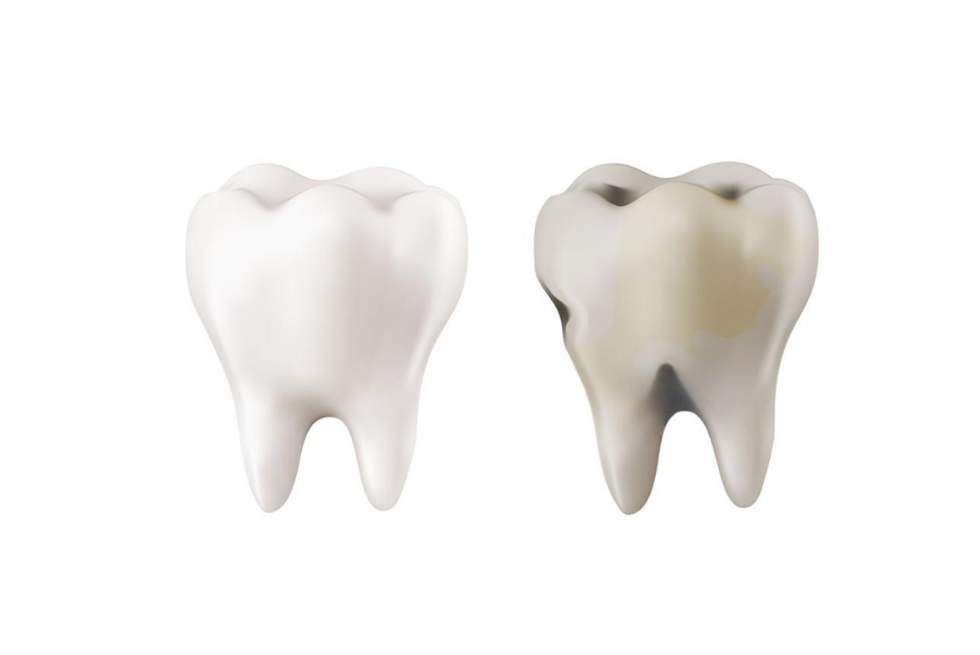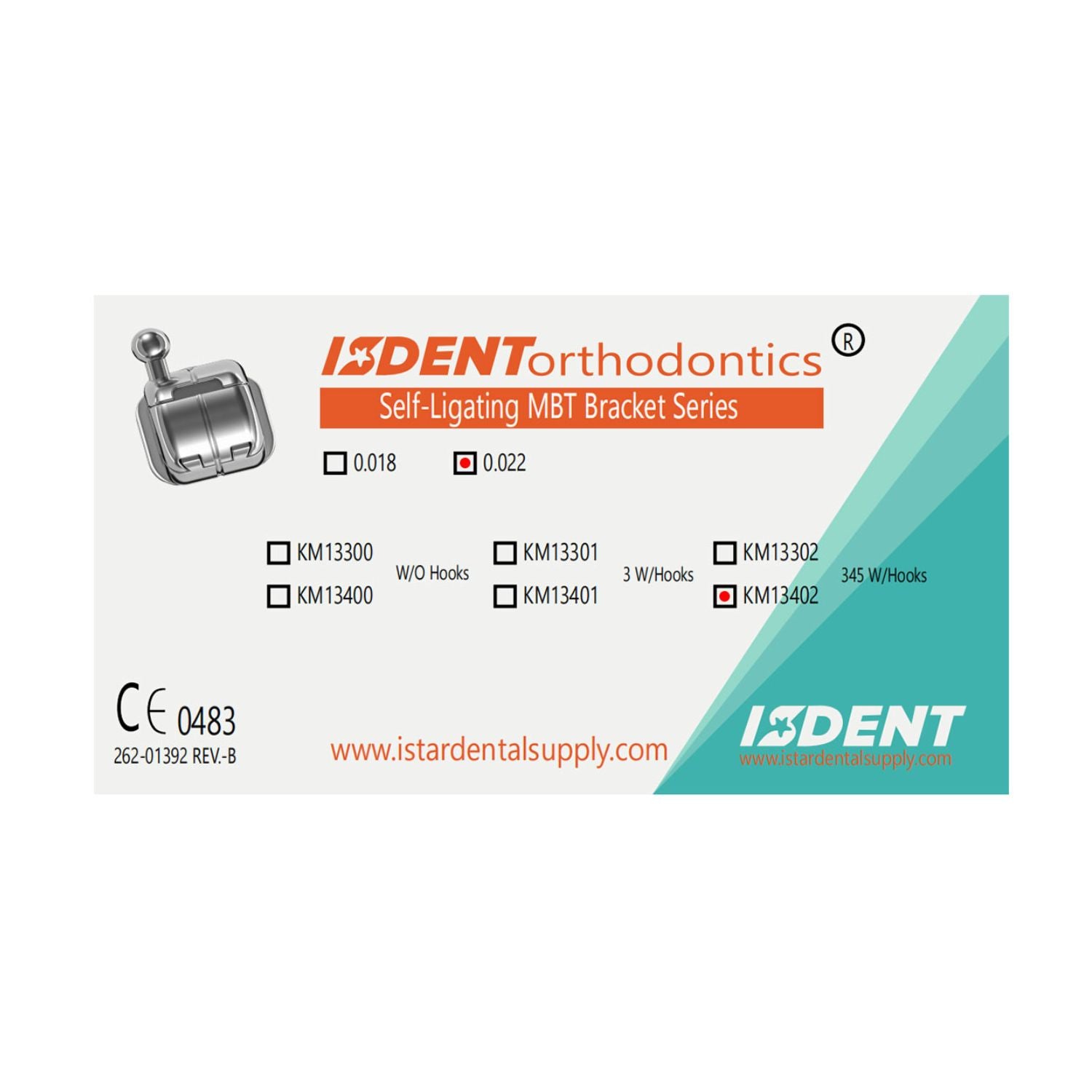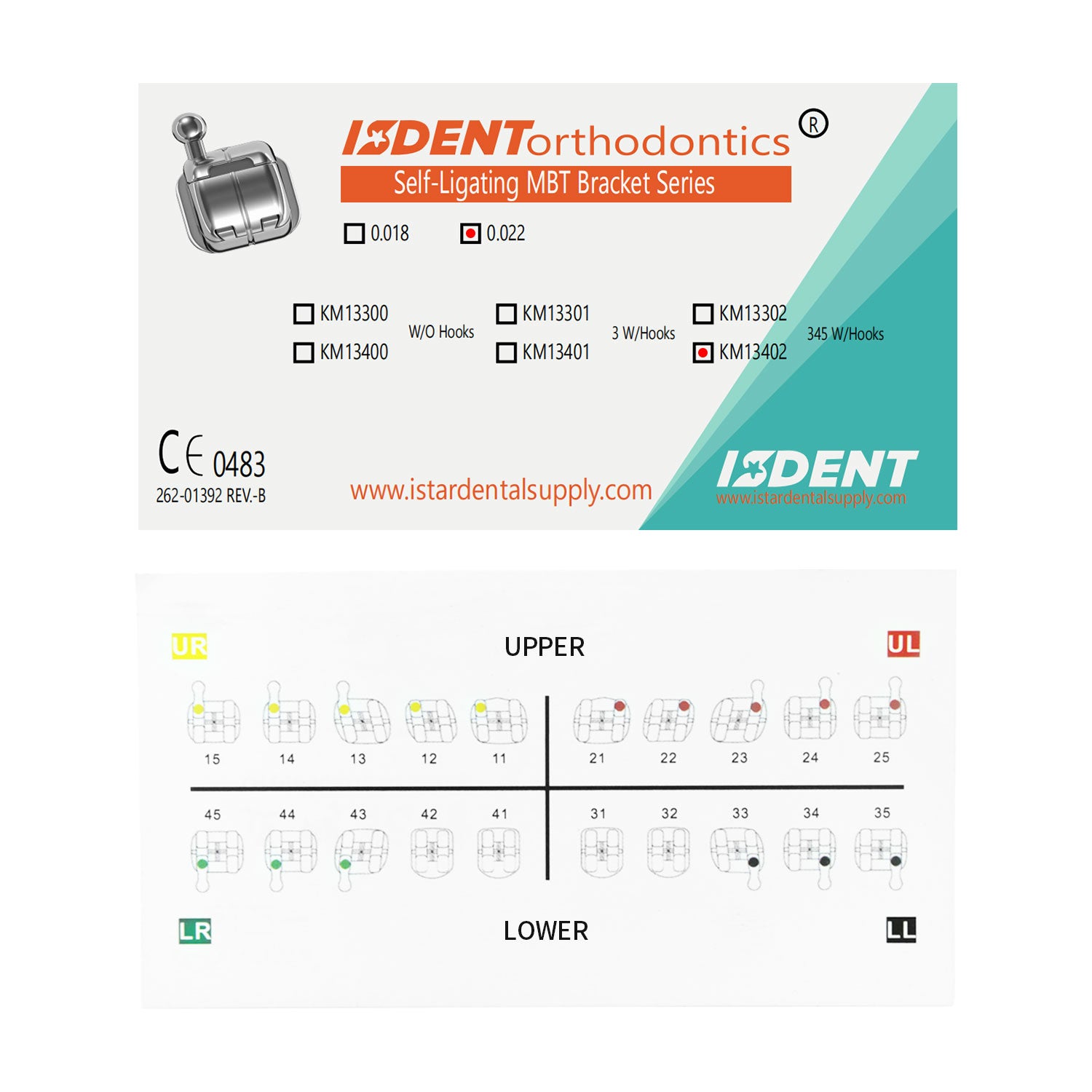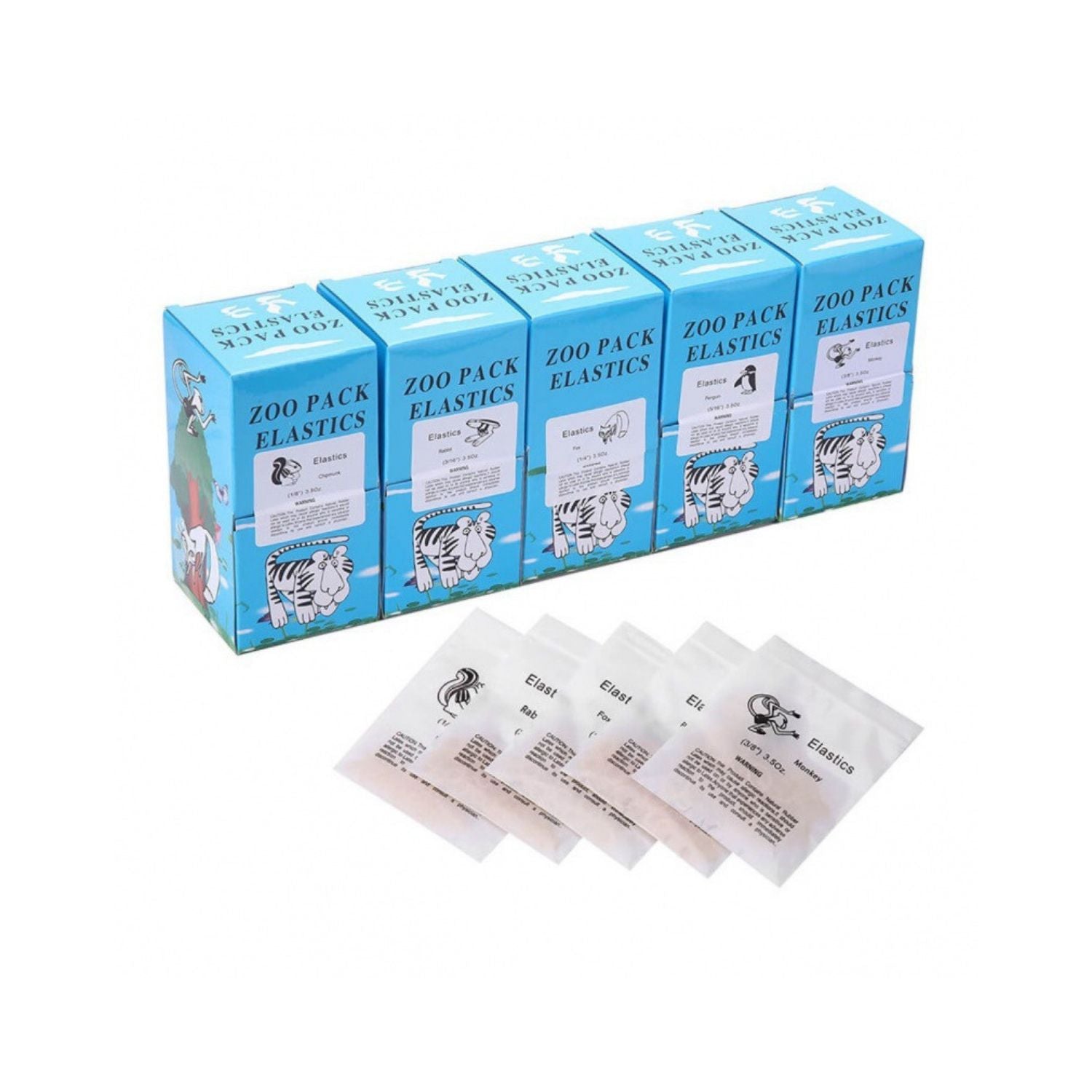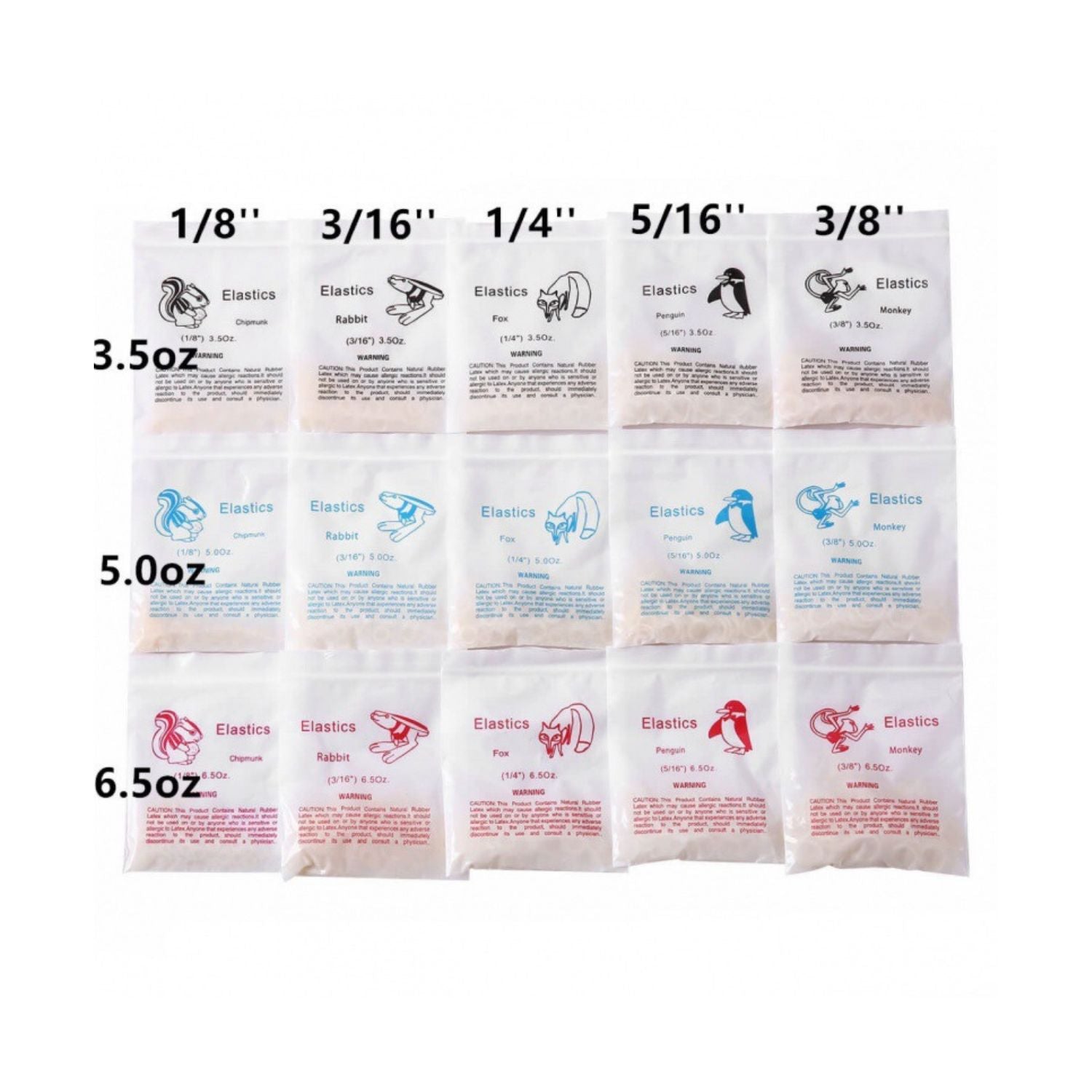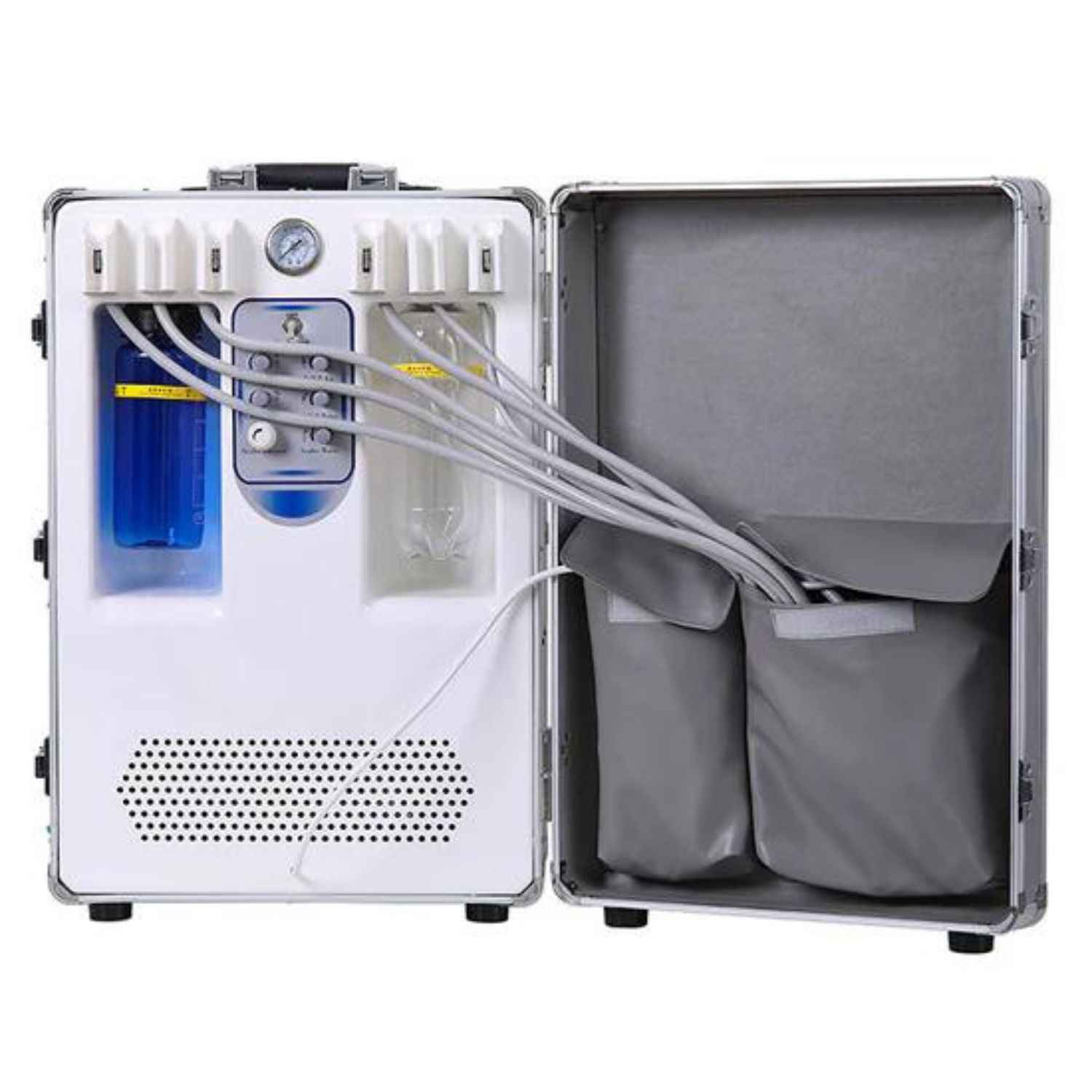How to Know If You Have a Cavity: 7 Key Signs & Next Steps
Are your teeth trying to tell you something? Cavities are very common. In fact, 92% of adults aged 20-64 have had cavities in their permanent teeth. But how do you know if that tooth pain means you have a cavity right now? This guide will help you spot the signs and learn what to do about them.
What Is a Cavity?
A cavity is a hole that forms in your tooth. Dentists call this dental caries. Cavities happen when:
- Plaque (a sticky film) builds up on your teeth
- Bacteria in the plaque make acids
- These acids attack your tooth enamel (the hard outer layer)
- Over time, this creates a hole in your tooth
Finding cavities early is super important. Early treatment is easier and less painful than waiting until the cavity gets bigger.
7 Key Signs You Might Have a Cavity
1. Visible Changes in Your Teeth
Look in the mirror and check your teeth. You might see:
- White spots - This is the first sign of enamel erosion
- Brown or black stains - This means the decay has gotten worse
- Visible holes or pits you can see
Remember, not all cavities are visible. A study shows that 80% of cavities form between teeth where you can't see them without dental X-rays from a professional.
2. Tooth Sensitivity
Do you feel a quick pain when you eat or drink something hot, cold, or sweet? This could be a cavity signal.
Why this happens: When your enamel wears down, the layer underneath (called dentin) gets exposed. Dentin has tiny tubes that connect to your tooth nerve, making your tooth sensitive.
Sensitivity to sweets and temperature changes is the #1 reported early cavity symptom.
3. Persistent Toothache
A dull ache or sharp pain in your tooth that doesn't go away is a clear warning sign. The pain might:
- Come and go at first
- Get worse at night
- Happen without any clear cause
Be careful! Studies show 25% of adults ignore toothaches, which can lead to bigger problems like infections or needing teeth pulled out.
4. Pain When Chewing or Biting
Does it hurt when you bite down on food? This could mean:
- Your tooth has a crack or cavity
- The decay has reached deeper parts of your tooth
- Your enamel is damaged
This type of pain happens because pressure pushes on the damaged areas of your tooth.
5. Bad Breath or Unpleasant Taste
Decay-causing bacteria smell bad. If you have:
- Bad breath that won't go away even after brushing
- A yucky taste in your mouth
- A weird taste that keeps coming back
These could all be signs that bacteria are growing in a cavity in your mouth.
6. Gum Swelling or Redness
Check your gums! If you see:
- Swelling around a tooth
- Redness or tenderness
- A small bump (like a pimple) on your gum
This might mean the cavity has reached the tooth's nerve or root. This is serious and needs professional dental equipment for proper care.
7. Pits or Rough Edges
Run your tongue over your teeth. Do you feel:
- Rough spots or edges that weren't there before
- A hole or pit in your tooth
- A sharp edge that catches your tongue
These texture changes often mean a cavity has formed.

How Dentists Confirm a Cavity
When you visit the dentist, here's how they find cavities:
| Detection Method | What It Does | What It Finds |
|---|---|---|
| Visual Exam | Dentist looks at teeth with lights and mirrors | Visible decay, discoloration |
| Dental Probe | Metal tool checks for soft spots | Areas where enamel is weakening |
| X-rays | Takes pictures of inside your teeth | Hidden cavities between teeth (80% form here!) |
| Laser Cavity Detection | Uses special light technology | Very early stage cavities |
Did you know? 30% of cavities don't cause any pain at first and can only be found through dental checkups or X-rays.
What To Do If You Think You Have a Cavity
1. Schedule a Dental Visit
This is the most important step! Don't wait until the pain gets bad. Early treatment means:
- Simpler procedures (just a filling instead of a root canal)
- Less pain
- Lower costs
- Better outcomes
2. Temporary Pain Relief
While you wait for your appointment:
- Take over-the-counter pain medicine like ibuprofen
- Try rinsing with warm salt water
- Use clove oil (found at drug stores) on the sore spot
- Avoid very hot, cold, or sweet foods and drinks
- Try a toothpaste made for sensitive teeth
3. Avoid Triggers
Until your appointment:
- Don't eat sugary or acidic foods
- Be gentle when brushing near the painful area
- Avoid chewing on the side that hurts
- Try not to drink very hot or cold beverages
Cavity Prevention: Stop Decay Before It Starts
The Power of Fluoride
Fluoride helps strengthen your enamel and can even reverse very early cavities. A study by the American Dental Association found that fluoride treatments can reverse early decay in 50% of cases!
Ways to get fluoride:
- Brush with fluoride toothpaste
- Use a fluoride rinse
- Get professional fluoride treatments at the dentist
- Drink fluoridated water
Dental Sealants
Dental sealants are thin plastic coatings painted on the chewing surfaces of back teeth. They:
- Create a shield against bacteria
- Reduce cavity risk by 50% in molars
- Last 2-4 years or longer
- Are quick and painless to apply
Sealants are especially good for kids but work for adults too!
Smart Diet Choices
What you eat affects your teeth. To prevent cavities:
- Limit sugary drinks and snacks
- Drink water after eating sweet foods
- Chew sugar-free gum with xylitol after meals
- Eat foods high in calcium like cheese and yogurt
- Avoid sticky foods that stay on your teeth
Regular Dental Checkups
Visit your dentist every 6 months. Regular checkups help:
- Catch cavities when they're small
- Remove plaque and tartar during cleanings
- Get professional advice for your specific needs
- Monitor existing dental work (60% of cavities in older adults happen around old fillings!)
With modern dental equipment like intraoral cameras, dentists can show you exactly what's happening in your mouth.
Common Questions About Cavities
Can a cavity heal on its own?
Only in the very earliest stage. If you see white spots (early demineralization), you might be able to reverse them with good care:
- Brushing with fluoride toothpaste
- Flossing daily
- Using fluoride rinses
- Eating less sugar
But once a cavity forms a hole, it won't heal without treatment.
What if my cavity doesn't hurt?
Remember that 30% of cavities cause no pain at first. Just because it doesn't hurt doesn't mean it's not there or not getting worse. Pain usually means the cavity has reached the deeper parts of your tooth where the nerves are.
Are home remedies effective for treating cavities?
Home remedies might help with pain for a short time, but they cannot fix a cavity. Only a dentist can properly repair tooth decay. Oil pulling, herbal remedies, or DIY treatments might make you feel better temporarily, but the cavity will continue to grow.
The Cavity Timeline: What Happens If You Wait
If you ignore the signs of a cavity, here's what can happen:
- Early decay: White spots appear as enamel loses minerals
- Enamel decay: Small hole forms in the outer layer
- Dentin decay: Decay reaches the middle layer, usually causing sensitivity
- Pulp infection: Decay reaches the nerve center, causing serious pain
- Abscess formation: Infection spreads beyond the tooth root
- Tooth loss: The tooth cannot be saved
Each step gets more painful, more expensive to treat, and more likely to cause lasting damage.

Special Considerations
Cavities in Children
43% of children aged 2-19 have untreated cavities. Kids' teeth have thinner enamel, making them more vulnerable to decay. Watch for:
- White spots on teeth
- Complaints about pain when eating
- Trouble sleeping due to tooth pain
- Difficulty chewing or avoiding certain foods
Cavities Around Existing Dental Work
60% of cavities in older adults form around existing fillings or crowns. This happens because:
- Small gaps can form between the filling and tooth over time
- Bacteria can get trapped in these spaces
- The area where the filling meets the tooth is harder to clean
If you have fillings or crowns, pay extra attention to these areas when brushing and flossing.
When to Get Emergency Dental Care
Some cavity symptoms need immediate attention. Seek emergency care if you have:
- Severe pain that keeps you from sleeping or daily activities
- Swelling in your face or jaw
- Fever along with tooth pain
- A tooth that suddenly feels loose
- A bump on your gum that's painful or leaking fluid
These could be signs of a serious infection that needs immediate treatment.
Conclusion
Knowing the signs of a cavity can help you catch problems early. Remember these key points:
- Check for visual changes in your teeth like spots or holes
- Pay attention to sensitivity to hot, cold, or sweet things
- Don't ignore persistent pain or discomfort when chewing
- Visit your dentist regularly for checkups and cleanings
- Use fluoride and consider dental sealants for prevention
By staying alert to these warning signs and taking quick action, you can keep small problems from becoming big ones. Your smile is worth protecting!
Remember that most adults will experience cavities at some point, but with good care and early treatment, you can keep your teeth healthy for life.

